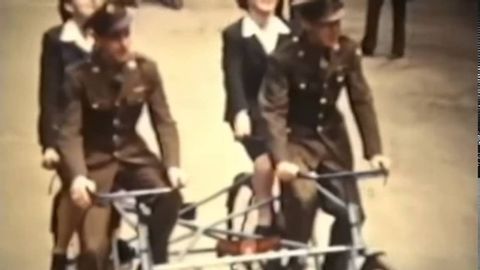
Subtitles & vocabulary
波音 B-17 飛行堡壘 (歷史頻道) 【附英字】
00
Growth Keith posted on 2016/01/26Save
Video vocabulary
force
US /fɔrs, fors/
・
UK /fɔ:s/
- Noun
- Group of persons trained for military action; army
- Pressure; attraction
- Transitive Verb
- To use physical strength or violence to persuade
- To break open (something) using force.
A1
More enemy
US /ˈɛnəmi/
・
UK /ˈenəmi/
- Noun
- Something that stops you doing what you want
- Group, or people, you are opposed to
A2
More target
US /ˈtɑrɡɪt/
・
UK /'tɑ:ɡɪt/
- Noun (Countable/Uncountable)
- A goal or amount you are trying to achieve
- Group you are trying to sell to or influence
- Transitive Verb
- To try to influence; direct a message toward
- (Army) to aim an attack at something
A2TOEIC
More fly
US /flai/
・
UK /flaɪ/
- Countable Noun
- Common flying insect, sometimes blue in color
- Opening with fold of cloth hiding zipper on pants
- Intransitive Verb
- To move in the wind, e.g. a flag
- To move at a high speed
A1
More Use Energy
Unlock All Vocabulary
Unlock pronunciation, explanations, and filters
